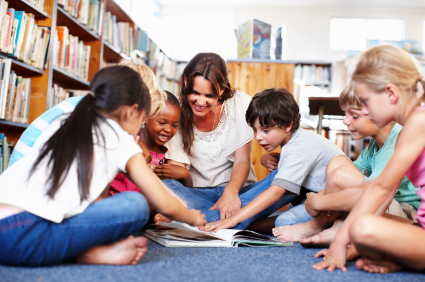
Fifty percent of unemployed youth ages 16-21 are functionally illiterate with no prospects of obtaining good jobs, according to U.S. government researchers.
That is a scary statistic to consider. Teachers of every grade level are striving to educate children so that they become adults with satisfying careers.
But current statistics provide a sobering view of reading and literacy skills for children and adolescents in the United States. Educators have a uphill battle to increase literacy and raise the level of basic reading skills for all students.
Reading and literacy statistics
Organizations such as the National Assessment of Educational Progress (NAEP) and the International Association for the Evaluation of Educational Achievement (IEA) continually review reading and literacy skills in students in the U.S. and compare them to students in other countries.
In positive results, the United States ranks second behind Finland in fourth-grade students (9 years of age) who score well in reading comprehension, according to the National Center for Education Statistics. In 2000, these students expressed that they read for fun, with 87 percent taking the initiative to read on their own at least once a month.
However, more than 37 percent of fourth-graders are not reading at the basic level in their grade, and 26 percent of eighth-graders are not reading at their basic level. The Family Literacy Centers also predicts that if a child is not proficiently reading by the fourth grade, he or she will have a 78 percent chance of not catching up with classmates.
Statistics also show that 60 to 70 percent of Caucasian students score at or above the national mean, while only 25 to 40 percent of African American students and 35 to 50 percent of Hispanic students score at or above this same level.
Reading and literacy programs
To have well-educated adults who read at a high level, students must begin building reading skills at an early age. Literacy programs have been introduced to bring student reading levels up to basic and on to exceptional. The following literacy programs have been successful in helping students and teachers reach this goal, according to the Institution of Education Sciences’ What Works Clearinghouse.
- Open Court Reading/Imagine It!: Core reading program for kindergarten to sixth-grade students as the class learns reading comprehension, phonemic awareness and word knowledge.
- Pathway Project: This professional development program is designed to teach educators how to enhance reading abilities for English language learners in the sixth through 12th grades.
- Cooperative Integrated Reading and Comprehension: This reading and writing program is designed for second- to sixth-grade students, and teaches reading comprehension with story-related activities.
Getting students engaged with literacy
Students who aren’t interested in reading have a hard time achieving good grades. Therefore, it’s crucial for educators to find ways to engage students with reading and other literacy activities. Engagement strategies from the Literacy, Families and Learning blog include:
- Create plays where students dress up as characters in their favorite stories or use puppets to reenact the plot.
- Have students paint a picture or make up a song about a book they’ve read.
- Ask children to write a new ending to a familiar story.
Practicing these engagement techniques allows children to enjoy reading and can help them become them avid readers with exceptional literacy skills. As the statistics show, good readers have a much better chance of success in the adult world.
Categorized as: Current Events
Tagged as: Assessment Tools, Language Arts, Leadership and Administration
